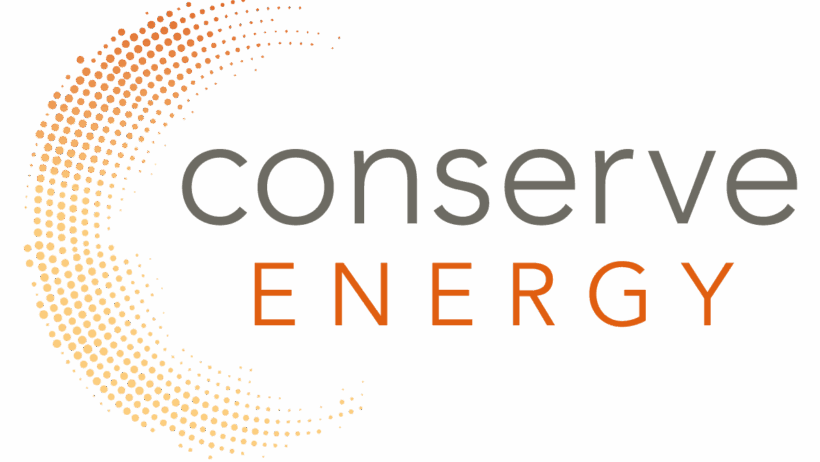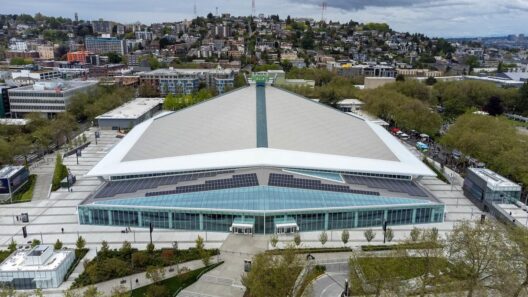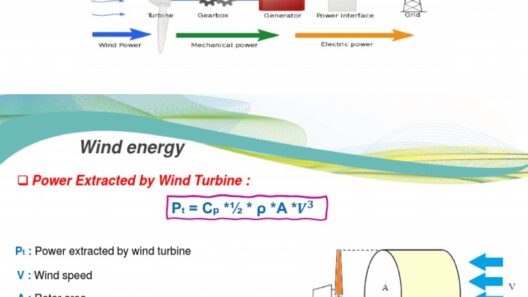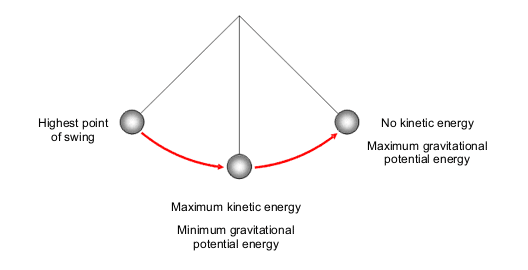Basketball is more than just a sport; it is a dynamic ecosystem of energy and movement, where every dribble and shot can be seen as a metaphor for our relationship with the environment. Just as players must learn to conserve their stamina during a game, so must we learn to conserve energy in our daily lives and on the basketball court. This guide explores effective strategies for energy conservation before, during, and after basketball activities, fostering a culture of sustainability within this beloved sport.
The Pre-Game Warm-Up: Setting the Stage for Energy Efficiency
Before the first whistle blows, teams can adopt energy conservation practices that maximize both performance and sustainability. This begins with the warm-up, a crucial phase for players to prepare physically and mentally. Instead of relying on electricity-powered equipment for warming up, teams can engage in dynamic stretches and drills that utilize body weight, promoting physical readiness while conserving energy.
Moreover, selecting facilities with energy-efficient lighting and heating systems plays a pivotal role. Many gyms still rely on traditional incandescent bulbs. Opting for LED lighting not only enhances visibility but significantly reduces energy consumption. The atmosphere of the court reflects a commitment to sustainability from the very start, setting a powerful tone for the game.
Game Time: Efficient Play and Fan Engagement
As the game unfolds, energy conservation can further manifest in the playing style and fan engagement. Coaches and players can strategize to maintain a high-tempo game that takes advantage of transitions to execute plays more efficiently. This fast-paced style not only conserves player energy over the course of four quarters but generates excitement that keeps fans engaged without over-relying on electronic screens and high-energy halftime shows.
Additionally, teams can limit the impact of energy consumption during games by encouraging carpooling among fans. Organizing a carpool system not only reduces the carbon footprint associated with transportation but fosters a community-friendly environment, ensuring that the excitement of the game reverberates beyond the court.
Half-Time Huddle: Assessing Energy Use
During half-time breaks, while players hydrate and strategize, a unique opportunity arises to assess energy consumption. Coaches can not only evaluate the tactical approach but also promote a culture of awareness. This could include discussions about energy conservation tactics outside of basketball—like encouraging players to reflect on their household energy usage, extending the conversation beyond the gym.
Post-Game Rejuvenation: Continuing the Sustainable Dialogue
The post-game environment should serve as a platform for reinforcing positive energy conservation practices. While players and fans celebrate victories or reflect on losses, they should also think about ways to recycle and properly dispose of game-day waste. Encouraging the use of reusable water bottles instead of single-use plastic can create a ripple effect, embedding sustainability into lifestyle choices outside of basketball.
The Right Equipment: Choosing Wisely
Energy conservation within basketball extends beyond game-time decisions; it is embedded in the very equipment used. Coaches and teams can opt for eco-friendly basketballs crafted from sustainable materials. Even the uniforms can play a part; those made from recycled materials not only reduce waste but also promote the message that sports can be both competitive and environmentally conscious.
Furthermore, investing in energy-efficient gym surfaces ensures that both players’ performance and comfort are optimized while advocating for sustainability. These surfaces often require less frequent maintenance, leading to lower energy and resource consumption over time.
Embracing Technology: Smart Innovations
In today’s era, technology can enhance energy conservation efforts significantly. With mobile apps designed for tracking energy usage and promoting sustainable practices, players and fans can easily monitor their habits. Virtual training sessions, using video conferencing tools, can replace some traditional practices, saving fuel and electricity consumed in travel and facility operations.
Additionally, smart sensor technology can help monitor gym ventilation and lighting, optimizing energy use based on occupancy. By integrating smart technology, basketball facilities can significantly reduce waste while simultaneously promoting athletic performance.
Community Engagement: Raising Awareness Through Action
Being stewards of the environment calls for broader community involvement. Teams can host energy conservation workshops, reaching out to local schools and youth programs to educate the younger generation about sustainability in sports. Organizing community clean-up events framed around basketball will provide engagement and a platform to instill these essential values in the hearts and minds of future players.
Moreover, partnerships with local environmental organizations can amplify outreach efforts, encouraging fans to participate in initiatives that promote energy efficiency not just in basketball, but in their daily lives.
The Final Buzzer: Continuing the Legacy of Energy Conservation
As the final buzzer sounds, the game may end, but the commitment to conserve energy does not. Just as athletes analyze their performance on the court, continuous reflection on energy practices ensures that every player, coach, and fan can contribute to a broader mission. Whether it’s through sustainable practices in their homes, community initiatives, or fostering relationships with like-minded organizations, the unique appeal of basketball can resonate longer than the final score. The game teaches teamwork, resilience, and now, responsibility towards our planet—a legacy that can inspire ongoing commitment to energy conservation.
In the sphere of basketball, where energy is the essence of the game, honoring the environment while enjoying sports can fortify a culture of sustainability. The court does not merely serve as a battleground for victories but as a canvas where energy conservation can be painted vividly, stroke by purposeful stroke.








